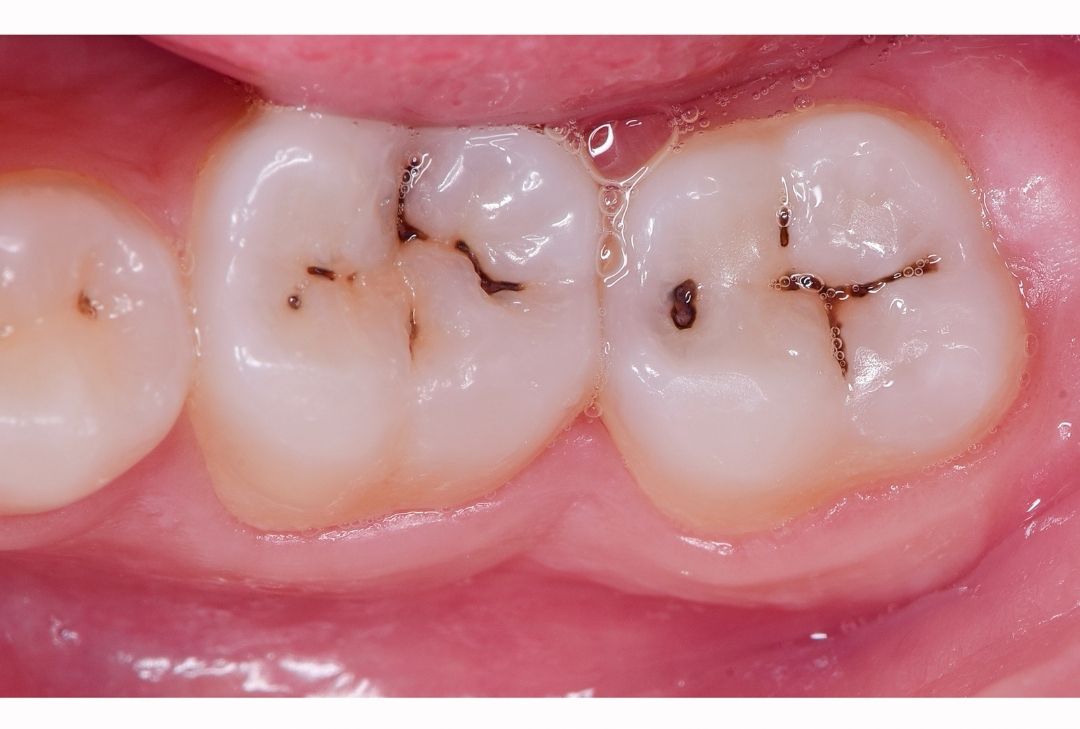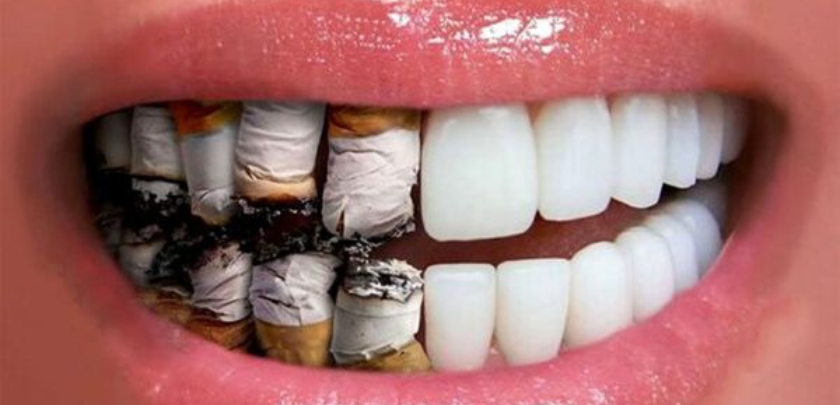Tooth decay is one of the world’s most common chronic diseases, yet it’s also one of the most preventable. Affecting both children and adults, it occurs when harmful bacteria in the mouth produce acids that erode tooth enamel and damage deeper layers of the tooth.
At Albania Dental Agency, we emphasize education, prevention, and early intervention as the keys to lifelong oral health. Understanding the symptoms & prevention of tooth decay helps you take control of your dental health before pain or irreversible damage occurs.
This comprehensive guide explores everything you need to know: how decay develops, the warning signs to look for, what causes it, and how you can prevent it effectively.
What Exactly Is Tooth Decay?
Tooth decay (also called dental caries) is the gradual destruction of the tooth’s hard surface (enamel) and inner layers (dentin and pulp). It’s the result of a biochemical process involving:
-
Bacteria that live in dental plaque.
-
Sugars and starches from food.
-
Acid production that dissolves minerals in the tooth structure.
Over time, repeated acid attacks lead to the demineralization of enamel, creating weak spots that eventually become cavities.
The Stages of Tooth Decay
Understanding the stages helps identify how early detection can save the tooth:
Stage 1: Demineralization (Early Lesion)
White or chalky spots appear on the enamel surface — a sign that minerals are being lost. At this point, decay can still be reversed through fluoride treatments and improved hygiene.
Stage 2: Enamel Decay
The enamel weakens further, and small holes (microcavities) begin to form. The damage is permanent but can be treated easily with dental fillings.
Stage 3: Dentin Decay
If untreated, the decay progresses to the softer dentin layer beneath the enamel. Pain and sensitivity usually start at this stage.
Stage 4: Pulp Infection
The decay reaches the pulp — the tooth’s nerve and blood supply — causing severe pain, inflammation, and possible abscess formation.
Stage 5: Abscess and Bone Infection
In advanced cases, infection spreads beyond the tooth root into the surrounding bone and tissues. This requires urgent dental intervention, such as root canal therapy or extraction.
Early Symptoms of Tooth Decay
Recognizing the signs early allows for minimally invasive treatment.
1. Tooth Sensitivity
If you feel discomfort when consuming hot, cold, sweet, or acidic foods, it could indicate enamel thinning. Sensitivity is often the first symptom of decay.
2. Tooth Discoloration
Early spots may appear white, while advanced decay can turn brown or black as the enamel deteriorates.
3. Mild Pain or Discomfort
Intermittent toothache or pain while biting indicates damage to deeper layers.
4. Visible Cavities or Pits
As decay worsens, you may see visible holes or rough areas on the tooth surface.
5. Persistent Bad Breath
The bacteria responsible for decay release sulfur compounds, leading to unpleasant breath even after brushing.
6. Gum Inflammation and Swelling
When decay spreads near the gum line, it can trigger localized redness and tenderness.
7. Bad Taste or Pus Formation
Advanced decay may cause a persistent bad taste due to infection and pus drainage from the affected tooth.
What Causes Tooth Decay?
1. Poor Oral Hygiene
Irregular brushing and flossing allow plaque — a sticky film of bacteria — to accumulate and attack enamel.
2. Sugary and Acidic Foods
Soda, candy, and processed carbohydrates provide fuel for bacteria to produce acid that erodes enamel.
3. Dry Mouth (Xerostomia)
Saliva protects teeth by neutralizing acids. Reduced saliva (caused by dehydration, medications, or smoking) increases the risk of decay.
4. Gum Recession
Exposed tooth roots are not protected by enamel, making them highly susceptible to decay.
5. Tooth Position and Crowding
Overlapping teeth can trap plaque, making cleaning difficult and decay more likely.
6. Genetic Predisposition
Some individuals naturally have thinner enamel or higher bacterial activity, increasing vulnerability.
7. Smoking and Alcohol
Nicotine reduces blood flow to the gums, while alcohol dries the mouth, both accelerating decay and gum disease.
Risk Factors for Tooth Decay
Certain groups are more prone to cavities:
-
Children and teenagers, due to sugary diets and inconsistent hygiene.
-
Older adults, due to gum recession and medication-induced dry mouth.
-
People wearing braces or dental appliances, which trap plaque.
-
Individuals with diabetes, since elevated blood sugar feeds bacteria.
-
Smokers, who experience reduced saliva and healing capacity.
How to Prevent Tooth Decay: The Complete Guide
Tooth decay prevention requires a balance of good oral hygiene, dietary awareness, and regular dental visits.
1. Brush Properly and Consistently
-
Brush at least twice daily for 2 minutes.
-
Use a soft-bristled toothbrush and fluoride toothpaste.
-
Replace your toothbrush every 3 months.
-
Brush the tongue and gum line to remove bacteria.
2. Floss Daily
Flossing removes food and plaque between teeth where toothbrushes can’t reach. It’s vital for preventing interproximal (between teeth) cavities.
3. Use Mouthwash
Antibacterial rinses with chlorhexidine or fluoride help eliminate bacteria and strengthen enamel.
4. Limit Sugar Intake
Frequent sugar consumption fuels acid-producing bacteria. Reduce sugary drinks, candies, and starchy snacks.
5. Choose Tooth-Friendly Foods
Eat foods that support dental health:
-
Crunchy fruits and vegetables (apples, carrots, celery).
-
Dairy products rich in calcium (cheese, yogurt, milk).
-
Green tea for natural antibacterial properties.
6. Stay Hydrated
Drink plenty of water to rinse away food debris and maintain saliva production.
7. Avoid Frequent Snacking
Constant snacking doesn’t give your saliva time to neutralize acids, leading to continuous enamel attack.
8. Fluoride Treatments
Professional fluoride applications or mouth rinses remineralize early lesions and strengthen enamel.
9. Dental Sealants for Children and Adults
Sealants protect the chewing surfaces of molars, where decay commonly starts.
10. Regular Dental Checkups
Routine visits every 6 months allow early detection and cleaning of hard-to-reach plaque deposits.
At Albania Dental Agency, we use digital cavity detection systems and laser diagnostics to identify even the smallest signs of decay — before they cause pain or damage.
Treatment Options for Tooth Decay
If decay has already begun, treatment depends on its severity:
1. Fluoride Treatments
For early-stage enamel demineralization, professional fluoride varnishes or gels can reverse damage and rebuild strength.
2. Dental Fillings
Cavities are cleaned and filled using tooth-colored composite resin for natural aesthetics.
3. Inlays and Onlays
Custom restorations for moderate decay that restore both function and appearance.
4. Dental Crowns
Used when decay weakens a large portion of the tooth. Crowns protect and restore the original shape.
5. Root Canal Therapy
Necessary when decay reaches the pulp, removing infected tissue and sealing the tooth.
6. Tooth Extraction and Replacement
For severely damaged teeth, extraction followed by a dental implant or bridge prevents bone loss and restores function.
The Importance of Early Detection
Early detection saves both your teeth and your budget.
-
A small cavity can be fixed with a simple filling in minutes.
-
A neglected cavity may require root canal therapy or an implant — more complex and costly.
At Albania Dental Agency, we emphasize preventive care with advanced diagnostic tools like 3D imaging, digital X-rays, and caries detection lasers, ensuring you never let decay go unnoticed.
The Role of Professional Cleaning in Prevention
Even the best home care can’t remove all plaque and tartar. Professional cleanings every 6 months are essential for long-term protection.
Our dental hygienists use ultrasonic scalers and polishing systems to remove hardened tartar — the main contributor to decay and gum disease.
How Tooth Decay Affects Overall Health
Tooth decay is not just a dental issue — it’s a systemic one. Untreated cavities can lead to:
-
Gum disease and tooth loss.
-
Infections that spread to the jawbone or bloodstream (sepsis).
-
Digestive problems due to improper chewing.
-
Increased risk of heart disease and diabetes (linked to chronic oral inflammation).
Maintaining oral health protects your entire body’s well-being.
Prevention for Children: Building Lifelong Habits
Tooth decay is the most common chronic disease in children, but also the most preventable.
Our pediatric prevention tips:
-
Supervise brushing with fluoride toothpaste.
-
Limit fruit juices and sweets between meals.
-
Encourage water as the primary drink.
-
Schedule your child’s first dental visit by age one.
-
Consider fluoride varnish and sealants to protect developing teeth.
By instilling good habits early, you can prevent a lifetime of dental problems.
Prevention for Adults and Seniors
As we age, the risk of tooth decay increases due to gum recession, medication-induced dry mouth, and exposed roots.
-
Use alcohol-free mouthwash for dry mouth relief.
-
Ask your dentist about fluoride gels or prescription toothpaste.
-
Maintain regular checkups to manage small cavities before they progress.
At Albania Dental Agency, we personalize prevention plans based on your age, oral health history, and lifestyle.
Conclusion
Understanding the symptoms & prevention of tooth decay is the foundation of lifelong oral health.
Decay may start small, but its consequences can be severe if ignored. By maintaining daily hygiene, following a balanced diet, and visiting your dentist regularly, you can completely prevent or stop early decay.
At Albania Dental Agency, we provide advanced preventive care and minimally invasive treatments to help every patient preserve their natural teeth.
From early detection to long-term maintenance, our mission is to protect your smile for life.


















